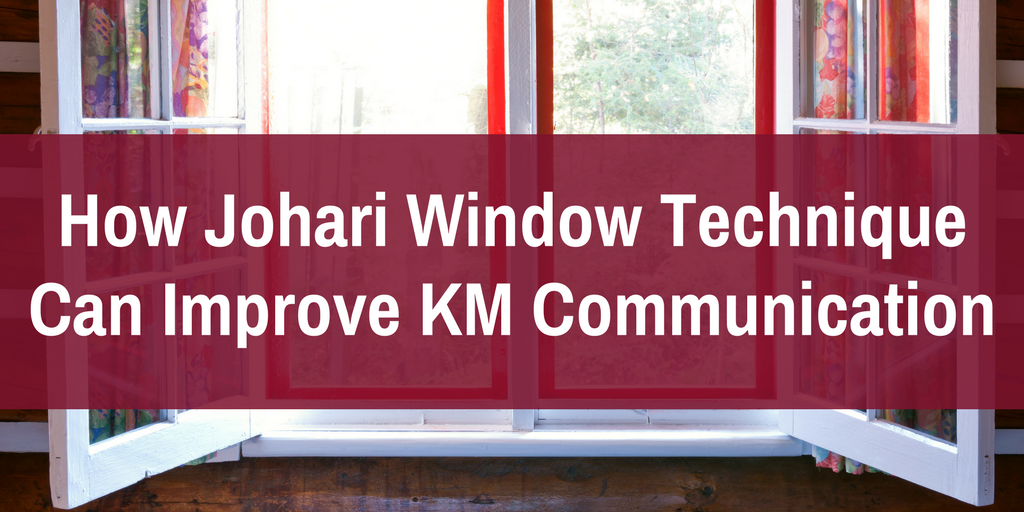I interviewed Mustafa Abusalah, senior knowledge manager at Consolidated Contractors Company, about how constant change in a KM program can be a good thing—if done right.
 Mustafa Abusalah will be a breakout session speaker at APQC’s 2017 Knowledge Management Conference April 27-28. You can learn more about APQC’s 2017 KM Conference here. Don't forget Early Bird Pricing Ends Tuesday March 21, so get it will you still can.
Mustafa Abusalah will be a breakout session speaker at APQC’s 2017 Knowledge Management Conference April 27-28. You can learn more about APQC’s 2017 KM Conference here. Don't forget Early Bird Pricing Ends Tuesday March 21, so get it will you still can.
APQC: What led your organization, Consolidated Contractors Company, to decide that a new change plan every year would keep employees excited about and engaged in KM?
Mustafa: Each change has a time cycle for people to buy in and adapt; we can’t keep the process running the same, especially in a very competitive and evolving industry. In KM you need to have a different theme each year to get people engaged in different activities and keep them excited. For instance, this year we are focusing on blogging and employees skills. Last year the focus was on engaging projects and making project profiles.
APQC: In construction there is strong bias towards traditional communication methods. What was the challenge in overcoming that?
Mustafa: In mega-construction projects (such as refineries, airports, power plants, etc.), engineers are located at constructions sites and sometimes in remote areas; these work conditions reduce the time engineers spend behind computer screens. To overcome this obstacle we started encouraging mobile access to our KM platform, focusing on site work requirements, such as asking questions to professionals. We noticed an increase in mobile traffic to the KM portal each year, especially in the mornings.
We have designed a smartphone platform so employees can easily access the KM portal from their smartphones. We focused on certain activities related to site-work on smartphones such as asking questions to experts. We launched a promotion plan and tutorials to encourage mobile access. This process is evolving, and currently smartphone and tablet access represents more than 40 percent of our traffic.
APQC: Can you explain the Johari window technique and why it helps employees exchange ideas and ask questions?
Mustafa: Generally people feel more comfortable when asking questions privately. As a professional my question could sound odd to other colleagues or out of scope; also, I might contribute something to the Knowledge Base that sounds basic or not integral. In other cases, people may face criticism from management if they share lessons learned. To overcome those cases, we have to change the culture by providing incentives, getting top management endorsement and encouragement, having a strong communication plan, and so on. The details will be explained in my conference session.
APQC: For an organization thinking of implementing the ‘Johari window technique,’ what’s the most important thing they need to do to ensure success?
Mustafa: Johari Window is an abstract concept, and organizations may customize the implementation based on their work and business methods, style, and culture. To be able to successfully create a corporate collaboration platform, you have to communicate the idea in a clear way. In knowledge management there is major difference between tacit and explicit knowledge. For example, you have to make it clear to your employees that sharing knowledge will not expose their experience to others nor put their jobs under threat.
APQC: In the 10 years CCC has been running this program, what’s the biggest change from when you started?
Mustafa: At the early stages of KM implementation, the challenge was how to get people engaged and using KM in their daily work. We have experienced other challenges since then, such as identifying the best procedure to use, the lifecycle of the contributions, etc. From our experience the most challenging success factor is the people; if you understand them well and satisfy their needs, they will lead you to success.
APQC: If you had to point to one thing that has allowed the program to succeed for a decade, what would it be?
Mustafa: Buy-in (the tribe). If people believe in your idea and see personal and corporate benefits, they will follow you and support you until the end. We listened to feedback, we have rewards almost every year, we interview experts, and we recognize those who answer technical questions. The technology and the tools are only enablers; the real success factor is the human one.
Buy-in partially was part of Johari Window. We have explained to our members that sharing knowledge and participating in answering questions and discussions will expose them to the global corporation. Some of our early knowledge captains are now project and area managers.
